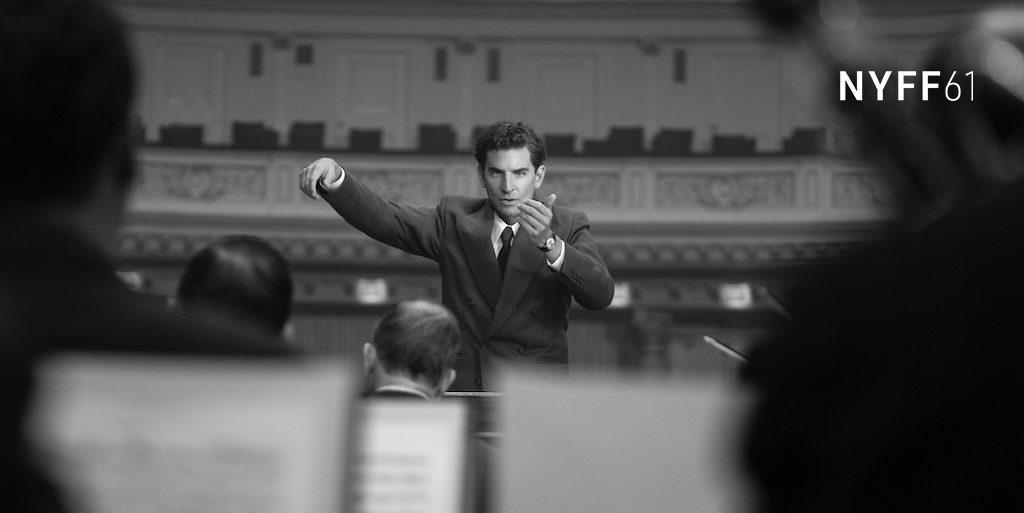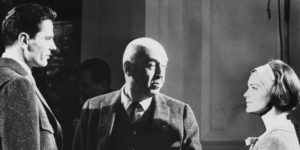The first thing that surprises about Pain and Glory is its apparent simplicity. After a series of films in which Almodóvar disputed Brian de Palma for the center of convoluted, intertwined stories, full of secret drawers linked together and built with the hands of a goldsmith, here is a film that, suddenly, it seems crystal clear like the water of the river that starts it. Or, maybe, incredibly fizzy. As is that family, strange and reduced, of movies of memories linked to a house. Two examples: the Hamletian To Die, To Sleep No More (Manuel Mur Oti), or the more sacramental Visit, or Memories and Confessions (Manoel de Oliveira). And I don’t think it’s a coincidence that Almodóvar has, as mentioned, sought to exactly recreate his apartment to design Salvador Mallo’s (Antonio Banderas). Because, as in those two films, the flashbacks here do not seem, as might be expected, strung together in a complex construction, but rather as the fruit of random springs, on a floating and opiate journey through the filmmaker’s fictional memory lane.
I actually think that Pain and Glory is much more complex than it seems, except that the complexity is light, fluid, it doesn’t weigh more than fiction. I explain by recounting a key moment: the character of Salvador has reconciled with the leading actor of an old movie of his, and he discovers a script that he never filmed, an intimate confession about a great past love, destroyed by drugs. Salvador will allow him to take it and adapt it, in the form of a monologue, to the theater. That will be the only moment in the film in which we change our point of view: after following the wanderings of Antonio Banderas and his memories, he suddenly leaves the film. Or better: he is still in it, but on loan: it is his narration that is embodied in another body. And, at that moment, in that theater, among the spectators and in front of that other body, the lost love of the story (Leonardo Sbaraglia) will be found by chance. All those memories invoked until then in the film by Salvador’s head, suddenly, are invoked by the body of another character who gives them a voice, and it is that moment that finally makes the past present in the film, Leonardo at Antonio’s house, the word made flesh. In a movement that seems totally natural (one character reads something that another has written), the turn that Almodóvar operates in his narration and in the construction of his film is much more radical than the most brilliant temporal turn of The Skin I Live In or Bad Education.
That apparent naturalness at all levels, possibly caused by Julieta‘s artistic disappointment (in an interview with Almodóvar that I was able to conduct with Álvaro Arroba, he related his frustration in that film for shooting in digital: “I am like a painter who places colors not on a canvas, but in front of a camera, and without celluloid, I don’t know what happens to my material”), almost miraculously, she finds herself placed at the service of Antonio Banderas. Summarizing what Banderas does here as an actor would take too much space: interpreter of a possible version of Almodóvar, incredibly accurate in the rhythms, dense in the word, graceful in the movements, it is almost a type of interpretation unheard of in Spanish cinema. His creative capacity is such that it gives us the feeling, at times, that the actors in front of him are good thanks to him, that there is something in the space that he believes that makes any gesture in front of him valid and emotional. Thus, the filmmaker’s strokes seem more discreet, more everyday: even the final twist, which could be reminiscent of Life in Shadows (Llobet-Gracia) or, for example, Taste of Cherry (Abbas Kiarostami), is less dizzying and revealing than these. Until the rupture flows, here. Which is not to say that there are not moments of genius of staging (the fever of the Salvador boy before the naked body of the young worker in his house) and of the conception of the story (the finding of Salvador’s portrait that that same worker had made: if the unfilmed script will invoke the lost lover, this drawing, disappeared, will invoke art, cinema).
That idea of the lost drawing is one of the great literary ideas of Pain and Glory. But it is interesting to think what that book would look like, where this film could be inscribed in Spanish literature. We’ve talked about confessions, but it’s not so much about that here; the film is too friendly with a main character constantly presented as a victim (of his own excesses, but an innocent victim), suffering from various physical pains (the film is the materialization of that specter that haunts Almodóvar’s cinema and is present in practically all his movies, full of hospitals, illness, visits to doctors, dentists…). Nor is it therefore an autofiction, in the strict sense of the word. It would be necessary to search, I believe, in a type of melancholic literature, even pessimistic. Even in that idea that the great writer Ana María Matute defined regarding the way of writing some of her most autobiographical books: “We only live once, but we die many times, I have experienced several deaths, already in my life”. And I think that’s where the literary genius of Pain and Glory lies. Almodóvar does not speak of himself, but of an Almodóvar who died, and who was left behind, of a character about whom he can therefore speak as if he were someone else. What he lived through was real, and the bodies of his actors manifest it for him. But if it has been possible to call the orgasm a “little death”, we could call the love breakup a “great death”: it is that lifeless man that the film speaks of, the one that revives and describes Salvador, the one that Banderas embodies and creates.













